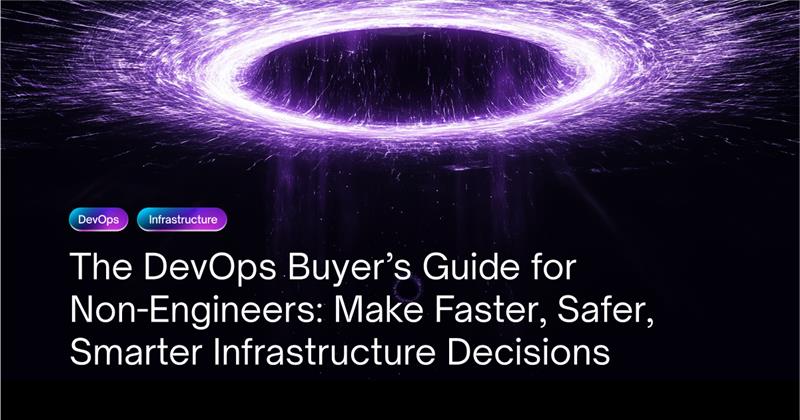
DevOps Is Now a Business Conversation
Once a niche concern of backend engineers, DevOps is now boardroom material. Why? Because your infrastructure stack isn’t just running code it’s steering how fast your company can ship, how secure it is under scrutiny, and how well your product teams can execute.
If you’re a founder, COO, CFO, or VP of Product, you may not touch YAML or deploy pipelines but you’re increasingly responsible for decisions that shape them. And the stakes are high: the wrong tooling can mean slower releases, rising cloud bills, or hidden security exposure.
This guide is built for you. Not to make you fluent in DevOps jargon but to equip you with the business lens to evaluate it.
Why DevOps Is a Business Lever Not Just Engineering Infrastructure
In high-performing companies, DevOps platforms aren’t just plumbing. They’re force multipliers. They accelerate business outcomes across three dimensions:
- Time-to-Market: The faster features go live, the faster revenue grows.
- Visibility & Control: Observability isn’t just for engineers. Business leaders need transparency on cost, velocity, and risk.
- Operational Confidence: In security-conscious sectors, your ability to prove compliance or recover from incidents is a business differentiator.
When DevOps tooling is right, engineering becomes a strategic engine. When it’s wrong, it becomes a black box that leadership fears but can’t fix.
The Five Business Questions That Cut Through DevOps Jargon
Most DevOps platforms will promise performance, automation, and reliability. But as a non-technical leader, these five questions will help you surface whether they truly support your business:
- Will this help us ship business value faster or just code?
Tools that improve deploy speed are great. But the best ones reduce time from roadmap to revenue. - Can we understand and trust what’s happening?
If it takes a Slack thread and a Postgres query to know what shipped last week, you’ve lost visibility. Look for platforms with executive-readable dashboards. - Does it reduce our exposure to risk?
Compliance, access control, encryption, audit logs these should be baked in, not bolted on. - Will it scale with our teams and products?
The best tools work just as well for 5 engineers as they do for 50. Ask how metadata, cost attribution, and policy enforcement scale. - Is pricing tied to outcomes or surprises?
Usage-based pricing is fine. But ask: can we map cost to product value? Does it support budget forecasting?
Case Study Snapshot: The Business Risk of Misaligned DevOps
Consider two startups scaling to Series B:
Startup A chose a patchwork of best-in-class tools for CI/CD, observability, IaC, and compliance. Each team had full autonomy. But execs couldn’t track costs. New hires spent weeks onboarding. Security audits required manual intervention.
Startup B invested in a platform with built-in cost mapping, deploy annotations, and compliance defaults. Their CTO could show cost-per-feature. PMs could correlate deploys to launches. Their board trusted the engineering roadmap.
Guess which startup moved faster, burned less, and secured better terms on their next round.
How Revolte Makes DevOps Legible to Business Leaders
Revolte is built for companies that want engineering velocity with business clarity. You don’t need to be technical to see the value because it’s visible by design.
- Live dashboards for non-engineers show cost per deploy, active services, and compliance readiness.
- Metadata-rich pipelines connect deploys to features, teams, and revenue events so reports tell real stories.
- Security and compliance aren’t optional extras: encrypted secrets, policy enforcement, and audit trails are default.
- Pricing is transparent, usage-based, and mapped to business units no surprises, no bloated enterprise contracts.
- Board-ready insight, not technical noise. What shipped, what it cost, and what changed the business.
Whether you’re overseeing a product launch, planning budgets, or preparing board updates, Revolte gives you a real-time lens into the infrastructure decisions that matter.
Closing Thoughts: Strategic Infrastructure Starts with Clear Decision-Making
You don’t need to know how to configure a CI job. But you do need to make infrastructure investments that protect speed, margins, and trust.
DevOps is no longer just about uptime. It’s about strategy. And with the right platform one that speaks both engineering and business you’ll move faster, spend smarter, and lead with confidence.